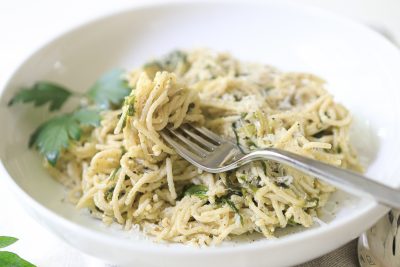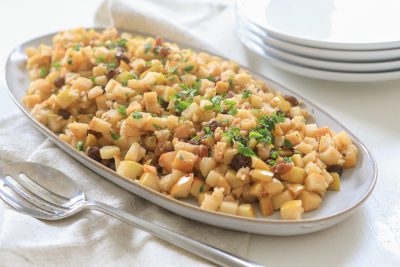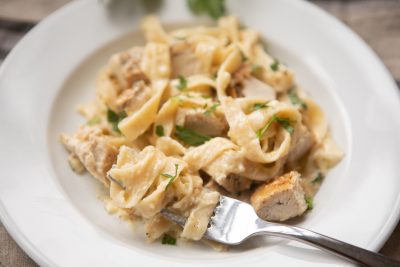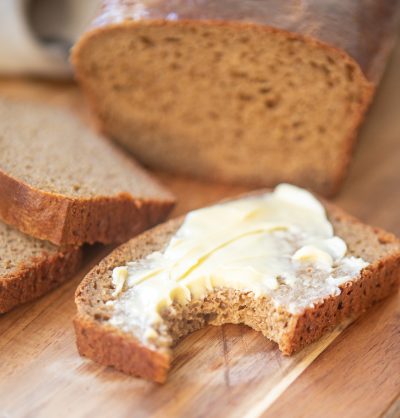Bibimbap
Ingredients
- 1 lb 1 lb 1 lb Sirloin Steak, or any leftover meat, sliced thinly (for the meat)

- 2 tsp 2 tsp 2 tsp Coconut Aminos, (for the Bibimbap)

- 1 clove 1 clove 1 clove Granulated Garlic, (for the meat)

- 2 tsp 2 tsp 2 tsp Ginger Root, grated (for the meat)
- 2 Tbsp 2 Tbsp 2 Tbsp Rice Vinegar, (for the Bibimbap)

- 3 Tbsp 3 Tbsp 3 Tbsp Ghee, (for the Bibimbap)

- 1.5 tsp 1.5 tsp 1.5 tsp Toasted Sesame Oil, (for the Bibimbap)
- 4 whole 4 whole 4 whole Carrots, julliened (for the Bibimbap)

- 1/2 whole 1/2 whole 1/2 whole Daikon, peeled and julliened (for the Bibimbap)
- 7 oz 7 oz 7 oz Shiitake Mushrooms, sliced (for the Bibimbap)
- 1 whole 1 whole 1 whole Cucumber, thinly sliced (for the Bibimbap)
- 1/2 tsp 1/2 tsp 1/2 tsp Sea Salt, (for the Bibimbap)

- 6 oz 6 oz 6 oz Baby Spinach, (for the Bibimbap)
Process
- You may need a little more than 1 large head of cauliflower (around 1½ heads). de-stem and core the cauliflower and cut it into small florets. Pulse the florets in a food processor until you get a rice like consistency. Place in a medium sized pan over medium heat and cover with a lid for 3-4 minutes or until you begin to hear a small sizzle. Stir the cauliflower rice, reduce the heat to medium low and continue to cook stirring occasionally for 2-3 more minutes or until the cauliflower is tender and tastes cooked.
- If you don't have any leftover meat and are using raw sirloin steak, combine the coconut amines or tamari, garlic, ginger, and rice vinegar in a bowl and pour over the sirloin steak and let it marinate for 30 minutes (while it's marinating you can move on to the rest of the assembly and do step 2 of this part once you've prepped everything else).
- Heat 1 tablespoon of ghee or coconut oil in a medium sized pan over medium high heat. Add the beef in batches so that the meat lays in a single layer. Sear for 2-3 minutes and toss and sear for another 2-3 minutes. Continue this until all the meat is cooked; placing the cooked beef on a platter tented with foil.
- Place the cucumber in a small bowl, add rice vinegar, sprinkle with salt and toss and let sit while you assemble the rest of the ingredients.
- Clean out the pan you used to cook the meat, add ½ tablespoon of ghee or coconut oil along with 1 teaspoon of sesame oil over medium heat. Add all of the sliced garlic and sauté until fragrant then add, spinach and sesame seeds. Cook for 3-4 minutes or until wilted. Wipe out the pan and add another ½ tablespoon of ghee or coconut oil along with ½ teaspoon of sesame oil over medium heat and add the carrots and sauté for 3-4 minutes. Wipe out the pan and do repeat the process with ½ tablespoon of ghee or coconut oil, and 1 teaspoon of coconut amines or tamari, each for the shiitake mushrooms and then the daikon radish.
- Divide the white rice or cauliflower rice among bowls. Add a sunny side up egg to each bowl on in the center and atop the white rice or cauliflower rice and arrange the meat, sautéed veggies, cucumber, and green onions around the bowl and serve with any optional additions (sauces). I recommend either my chili garlic sauce or the gochujang sauce.
Notes
Despite the long list of ingredients this is an incredibly easy and fun meal to serve. I also made this again and used kimchi as one of the vegetable add-ins in addition to the other vegetables and it was even better. Sauce Note: This is traditionally served with a gochujang sauce which is made with fermented soy. I tend to avoid soy as often as possible even in fermented forms so I served it with chili garlic sauce, which in my opinion was wonderful and still provided that semi-sweet spicy addition. Coincidentally I did this post before I got my copy of Ancestral table but Mr. Crandall actually has a gochujang sauce with ingredients I’m more comfortable with so I included his gochujang as well to make this a little more traditional. Thanks Russ! Meat note: I know that I might have made this a little confusing with the way I did the meat in this recipe, but the idea is that you can use any meat for this. A lot of people make bulgogi or simply thinly sliced beef, but I actually really enjoyed it with the leftover roast pork loin that I browned again in the pan. Like I said the idea is that you can really use any meat you like in this whether it’s leftovers or simply ground beef, any choice will likely be delicious but I also included a small recipe for bulgogi to add to it if you don’t have any leftover meat to utilize. So when making this choose either the (if using sirloin steak) or (if using precooked/leftover meat), not both.
Add a Note
My Notes:
Never Miss a Bite
Get recipes delivered to your inbox every week

















Having instructions for cooking and putting this dish together would be a large help. Stir fry veggies? Heat meat? Regular cauliflower rice or fancy cauliflower rice? Can’t tell from this “recipe” sad to say.
This recipe is written terribly. There are ingredients that aren’t on the ingredient list, garlic, green onion, cauliflower…